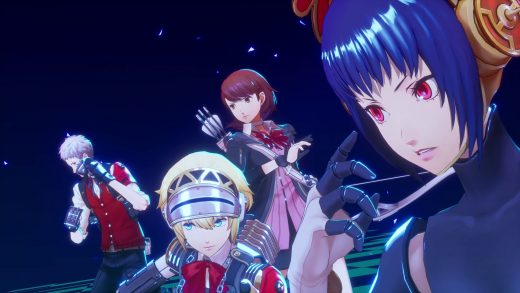
In a setback for Elon Musk’s brain technology company, Neuralink, the device it implanted in its first human patient has had mechanical issues, the company wrote in a blog post.
In the weeks following the January surgery on patient Noland Arbaugh, some of the electrode-studded threads that sit in the brain tissue began to retract from that tissue, the company said, resulting in the device not working properly.
The Wall Street Journal earlier reported news of the malfunction.
Neuralink said it compensated for that retraction through a series of software fixes, which “produced a rapid and sustained improvement that has now superseded Noland’s initial performance.”
The company said that it’s currently working on improving text entry for the device as well as cursor control — and that it eventually aims to extend to the use of physical world devices such as robotic arms and wheelchairs.
People who work in the brain-implant field said the complications may have arisen from the fact that the threads connect to a device that sits within the skull bone, rather than on the surface of the brain tissue. “One thing engineers and scientists fail to appreciate is how much the brain moves within the intracrainial space,” said Eric Leuthardt, a neurosurgeon at the Washington University School of Medicine in St Louis. “Just nodding your head or abruptly moving it can lead to perturbations of several millimeters.”
Traditionally, surgeons have placed brain implants directly on top of the brain tissue itself, where they move “like a boat on the water,” said Matt Angle, chief executive officer of rival brain-implant company Paradromics Inc. Having threads that retract “is not normal for a brain implant,” he said.
Before implanting the device in Arbaugh, a quadriplegic, Neuralink had tested the device extensively in animals. One potential issue, though, is that because animals’ brains are smaller, the electrodes don’t shift as much as they do in humans, Leuthardt said.
The report comes as Neuralink is seeking to implant its device in more human subjects. Any malfunctions could cause delays in the Food and Drug Administration approval process.
© 2024 Bloomberg LP



